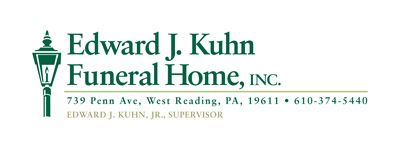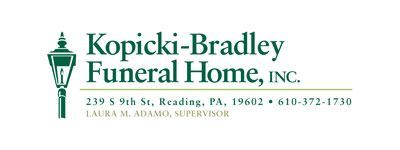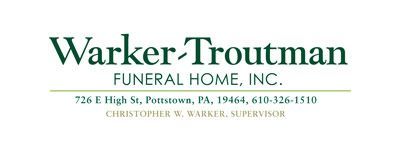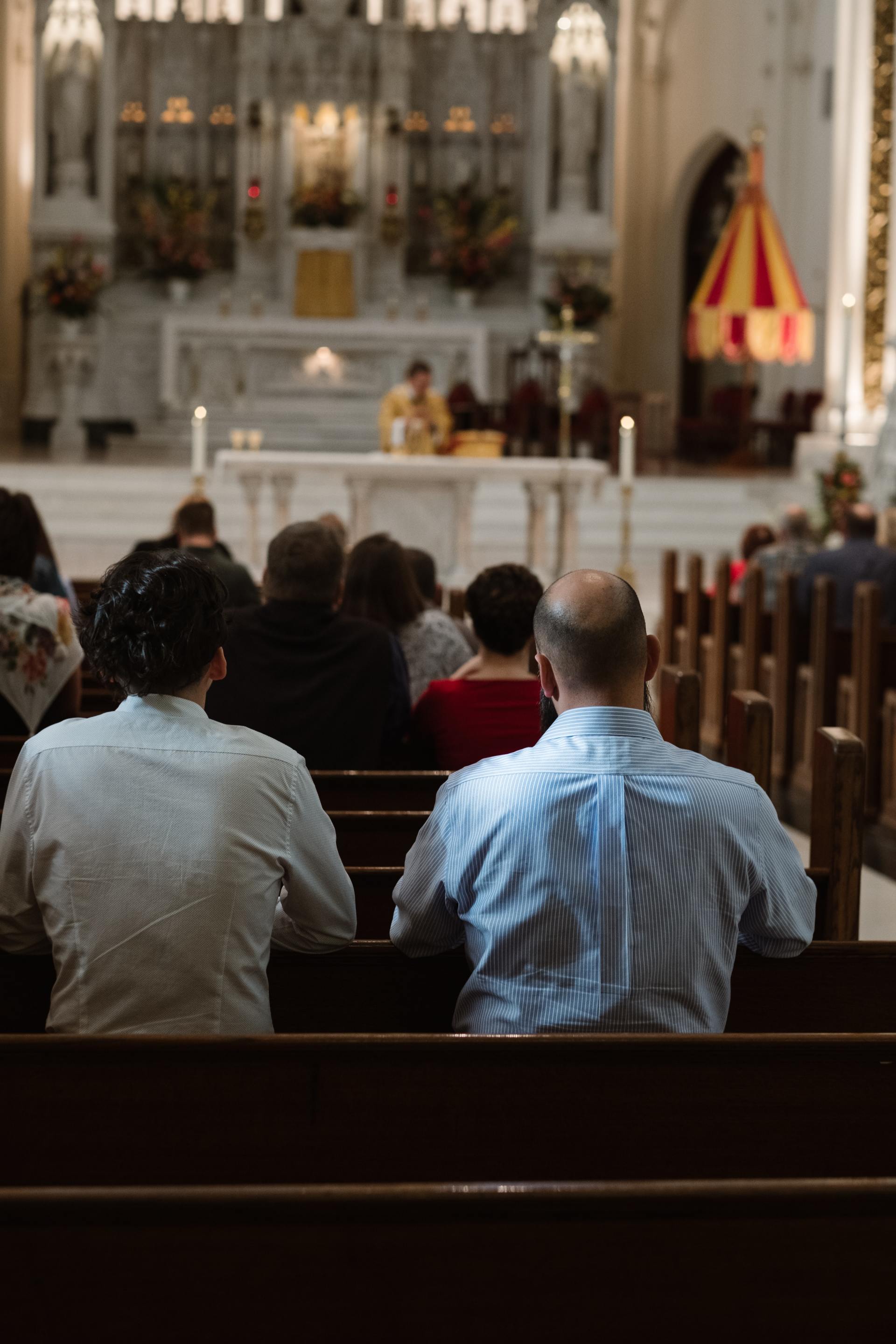





So You Have Chosen Cremation...Now What?
Samantha K. Smith • Oct 21, 2019
A guide to funeralization when cremation is the chosen form of disposition.
The National Funeral Directors’ Association (NFDA) projects that in 2020 cremation will be the chosen form of disposition in over 56% of all cases*. By 2040, the NFDA projects in the same report that 3 out of every 4 people who pass away will be cremated.
More and more families are choosing cremation. Professionally, funeral directors have many theories as to why this trend has grown. Some claim that unskilled embalmers are to blame. Some funeral directors blame a breakdown of traditional values and young people’s tendency to seek less rigid forms of religious practice. Theories like these miss the mark and frame a family’s choice to cremate their loved one as a failure rather than as an opportunity to provide service to a family in need.
Families actually choose cremation for a variety of reasons, and these reasons are as personal as the relationships they have with their deceased loved ones. Cremation has advantages that traditional burial does not, such as flexibility regarding time-lines for planning services and more freedom in regards to the final resting place of cremated remains. For families that are environmentally minded, the fact that burial of cremated remains utilizes less space may be a driving factor in their choice. For many families the costs associated with cremation in comparison to traditional burial is a dominant factor in their decision.
Regardless of why a family has chosen cremation, there are still many decisions that must be made. This guide is intended to help families navigate their options regarding funeralization when cremation is chosen.
Frequently, I speak with people who are seeking pricing information on “simple cremation,” and many of these callers are surprised to learn that the services they think they are seeking are rather complex after all.
Direct Cremation
Direct cremation, also called simple cremation or no-frills cremation, means that the funeral home is not involved in planning or facilitating funeral or memorial ceremonies. Kuhn Funeral Home includes in our price for direct cremation the initial transfer of a decedent into our care from the place of death; a time for viewing the bodily remains for the purposes of identification prior to the cremation; transportation to our privately-owned crematory located in nearby Temple, Pennsylvania; the cost of the cremation and alternative container used in the cremation process; and the basic services of our staff, which includes a face-to-face arrangement with one of our knowledgeable and experienced staff.
Many people I speak with express that they are looking for cost-effective options. Services like onlinecremations.com offer discounted cremations, but in order to discount the service so heavily, personal meetings with staff are not included in the discounted price. Families complete an online order, a removal specialist dispatches to place of death to bring the bodily remains in the facility, and cremation is carried out. Legal documents such as the death certificate and cremation authorization are filed, but services like onlinecremations.com do not file any other benefit requests on behalf of the family.
Utilizing Kuhn Funeral Homes means that families have a partner to help them navigate the murky and at times confusing process of attending to a loved one’s affairs. Not only do the staff of Kuhn Funeral Home file the paperwork necessary for the cremation, but the staff also assist families file claims for other benefits for which they are entitled. The staff of the funeral home also help families arrange for what happens once the cremation has been carried out.
Traditional cremations
When choosing cremation, many people are not aware that they still have the choice as to whether or not they wish to have a public viewing where their loved one can be seen laid peacefully in the funeral home chapel (or church or other location). When a public viewing of the bodily remains precedes a cremation, this type of service is referred to as traditional cremation.
For these services, Kuhn Funeral Homes works with families to plan visitations and memorial services for their loved ones. When the bodily remains are brought into the funeral home’s care, the remains are embalmed with the family’s permission. The staff then dresses the remains according to the instructions of the family. The remains are then typically placed in a casket for viewing.
For the safety of both the human remains and the funeral home staff, the bodily remains must go into a rigid container of some kind. It is important to know that the Federal Trade Commission forbids any funeral home from claiming that a family must purchase a casket in order for their loved one to be cremated. Caskets are not a requirement of cremation. Typically an alternative container made of very thick cardboard is used.
For traditional cremations, a family has a few options as to what vessel in which they wish to view their loved one. Kuhn Funeral Homes has three vessels referred to as “rental caskets.” This means that instead of purchasing a casket, a family may “rent” a casket that has been fitted with a removable liner. The liner, serving as a container for cremation, is removed and cremated with the bodily remains of their loved one. A new liner is used for every service.
If a family is opposed to using the rental casket, they still have the option of purchasing an individual vessel that will be used for their loved one’s cremation. Kuhn Funeral Home has several caskets available that are specifically designed for cremation. A cremation casket is a casket that is light-weight and designed to quickly be consumed by the high heat of the crematory while leaving very little residue. Because these caskets are not designed to be as durable as caskets used in traditional burial, cremation caskets are not as expensive compared to other caskets.
Memorial Services or Celebrations of Life
Many families want to have a formal service for their loved ones, but they do not want to have the bodily remains of their loved ones present. When a viewing does not take place, the subsequent service is referred to as a memorial service.
Contemporary trends view funerals as sad affairs, and rather than being mournful, many families prefer to celebrate the life of their loved one.
During these ceremonies, the family may elect to have the cremated remains present inside of a urn, or they may elect to have a photo of their loved one as the central focus instead. Some families elect to have both present. Many families elect to have objects that were meaningful to the loved one present in the chapel or other venue.
A memorial service or celebration of life can be scheduled without the time constraints posed by traditional burial. If the family does not wish to have the cremated remains present for the service, the service does not even need to wait for a cremation to have been completed. Of all the services a family may choose, memorial services and celebrations of life have the most flexibility.
So the Cremation has been completed...now what?
Making the decision for cremation is hard enough, but families need to consider what is going to happen to the cremated remains once the cremation has been performed. Many families do not know what to do with the cremated remains, so they just take them home...and then for various reasons, do not make more permanent arrangements.
All too often we see articles online about people discovering abandoned cremated remains in the strangest of places. Goodwill reports that they receive an urn containing cremated remains about once a year, usually as part of a donation of goods from an estate settlement.** There is nothing wrong with bringing a loved one’s cremated remains home, but consideration must be made for what will happen to the cremated remains in the long term.
One option is burial. Plots for cremation burial are often significantly less costly than plots for traditional casketed burial, and the charges associated with opening and closing the graves are also less. Some cemeteries do require the use of an urn vault in order to protect the ground from sinking or to protect the urn from breaking due to the weight of the earth. Many cemeteries allow the use of a McKenzie style urn, which is a urn designed to functions both as a vessel to contain cremated remains and as an urn vault to withstand the weight of the earth.
Another option is entombment of cremated remains in a mausoleum or columbarium. Provided the selected urn fits into a niche space, there are less restrictions on what kind of urn a family must select. Some cemeteries feature glass-front niches that allow the urn and other keepsakes to be viewed by visiting family members.
Some families decide that they wish to lovingly scatter the cremated remains of their loved one in a place that is meaningful. For some families that place is a treasured garden; for other families the location is a favorite hunting camp. Some states have stricter requirements than others. Pennsylvania does not have any laws restricting where people may scatter cremated remains, though it is best practice to seek the permission of a property owner before scattering cremated remains on private property. The Clean Water Act does place some limitations on scattering cremated remains at sea. See https://www.epa.gov/ocean-dumping/burial-sea for more information.
(Please note that scattering cremated remains at theme parks is not a good idea. Disney routinely experiences park guests attempt to smuggle cremated remains into the parks. Guests who are caught in the act are escorted out of the park; remains that are scattered in Disney World and DisneyLand are vacuumed up and discarded in the trash.*** No one wants their loved one to be thrown in the trash.)
The options for urns to hold cremated remains are endless. Many suppliers offer options to personalize urns. Some urns can be engraved with a person’s name. Some urns may have an image laser-etched onto the surface. Almost any vessel can be an urn. I once worked with a family who decided to place the cremated remains of their mother inside of her favorite cookie jar. They plan to place that cookie jar inside their father’s casket when he also passes.
Cremated remains can be divided into several portions should multiple members of a family desire to have some of their loved one. There are endless possibilities as to what may be done with those cremated remains. They may be placed in a keepsake, used as part of a blown-glass art piece, added to ink for a tattoo… If someone can think of it, I would be willing to bet someone out there has done it. It is even possible to have cremated remains mixed with the gunpowder used for hunting ammunition. No matter what interest or hobby a loved one held, an appropriate keepsake can be produced.
In Summary
A family choosing cremation still has many options and many decisions to make. When choosing cremation, a family still must make decisions about how to appropriately and meaningfully memorialize their loved one. The resulting services are as unique as the life being celebrated.
Sources

By Samantha K. Smith
•
17 Sep, 2019
As a licensed funeral director, a large portion of my day-to-day work at Kuhn Funeral Homes, Inc., relates directly to the care of decedents entrusted to our mortuary. I am entrusted with performing the necessary procedures so that a family is able to see their loved one. My friends and family have a lot of questions about the work I do, and I am sure there are many people in the world who would love to have some questions answered about what happens in the funeral home “behind the scenes.” One such question I am frequently asked is, “Do I really need to be embalmed?” What does the law say about embalming? The short answer is that embalming is not required by law (in fact, the Federal Trade Commission’s Funeral Law forbids any funeral home from stating the contrary)... ...BUT the Pennsylvania Code that dictates professional conduct for funeral directors within the Commonwealth does require that that if human remains are not embalmed within 24 hours of death, then those remains must either be sealed inside a container that does not allow fumes or odors to escape OR those remains must kept under refrigeration. If remains are kept in refrigeration until the time of a funeral, disposition of those remains must occur within 5 hours of removal from refrigeration. The Code further states that the public should not view an unembalmed body that has been kept in refrigeration for longer than 36 hours. That’s a rather long “but.” If a family is choosing for their loved one to be cremated without first having a public viewing, then there is no need for their loved one to be embalmed. Furthermore, the Federal Trade Commission forbids any funeral home from claiming that embalming is necessary inorder for human remains to be cremated. (The FTC also forbids a funeral home from stating that a casket is necessary for cremation, but that is a separate topic altogether.) Some cemeteries require that human remains be embalmed by a licensed funeral director in order for those remains to be entombed in a mausoleum. This is a cemetery requirement, not a federal or state law. When the public is invited to a funeral with an open-casket viewing proceeding the service, we at Kuhn Funeral Homes recommend that we be allowed to perform the embalming. What is embalming? What is embalming? Embalming is a surgical procedure by which the body’s blood volume is drained and replaced with specialized chemicals. Embalming accomplishes three goals: disinfection, preservation, and restoration. The remains are disinfected so that harmful microbes are destroyed, preserved so that the natural processes of decomposition are slowed, and restored so that an eased appearance can be returned to the person. Embalming cannot completely halt the natural process of decomposition; in fact, it is against federal law to suggest that embalming can completely stop decomposition. Embalming is one method funeral directors have to ensure that human remains are able to be interacted with by the public. But what about refrigeration? Some critics of embalming argue that the availability of refrigeration makes embalming completely unnecessary. They say that refrigeration can do a sufficient job controlling the rate of decomposition. The truth is a little more complicated than that. Refrigeration can slow decomposition, that is true, but human remains decompose at different rates according to different factors. A person’s weight, height, age, and medical conditions all affect how quickly sign of decomposition become noticable. For one person’s remains, it may take several days; for another person’s remains, signs of decomposition may be very noticeable just a few hours after death. Rates of decomposition aside, refrigeration does impact the way a person looks. Refrigeration causes a body’s skin to dry out and the facial features to sink and sag. These changes in appears can be startling, even rendering someone utterly unrecognizable. Creating a Final Memory Picture When restoring a deceased human being during the embalming procedure, the goal is to create a positive final memory picture so that the last time an individual sees the person he or she loves, he or she is not left with the memory of someone suffering sickness or trauma. Signs of trauma like wounds, scrapes, or cuts can be closed and the skin restored with a little bit of special wax and a fine coat of mortuary makeup. Signs of sickness like sunken eyes or hollow cheeks can be addressed during the embalming procedure. Bruises, whether from the trauma of a fall or the results of a hospital’s IV line, can be artfully blended away. Brad Krick, another Funeral Director here at Kuhn Funeral Homes, recently worked with a family whose loved one had suffered tongue and throat cancer--this woman’s entire lower jaw had been removed in an effort to beat her cancer. It was very important to the family to be able to have an open-casket viewing as the deceased had been a vibrant woman with many friends and connections to the community. Brad was able to reconstruct her jaw with wax, a stippling brush, and mortuary cosmetics. Brad’s reconstruction was so accurate and detailed that mourners who came to this woman’s services were shocked when a family member mentioned in the eulogy that the deceased had been missing a significant facial feature. For survivors who had suffered a sudden or traumatic loss, such as their loved one dying in a car crash, being a victim of violent crime, or suicide, it is common to want to see their loved one’s remains. The restoration work performed during and after the embalming enables funeral directors to restore human remains affected by trauma to a condition familiar to their loved ones. For remains that have been autopsied in order for a medical examiner or private doctor to determine the cause of death, or for remains that have undergone a long-bone or skin donation, the unembalmed body may simply be not suitable for viewing. The challenges an embalmer faces for such cases are numerous, but the work enables a family to see their loved one one last time. Time and time again we hear from our families how helpful and healing it was to see their loved one laid peacefully for viewing with an expression of serenity. Recently, a woman testified she was so anxious about seeing her mother again. She had been present at the nursing home after her mother’s death, and the image of how her mother looked was haunting her. She said her mother’s eyes, open, blank and unfocused, were all she could think about. We invited her to come before the day of her mother’s services so she and her brother could spend some time with their mother without distractions. Their mother had been embalmed, dressed, and laid in her casket in our funeral parlor, just as she would be for her funeral the following day. The siblings spent almost an hour with their mother. When they came out of the viewing parlor, the woman had a soft smile on her face and told us that her mother looked the way she did when she still had the energy to go have her hair done. “My mother hasn’t looked this much like herself since the chemo began,” the woman expressed. Grief studies demonstrate over and over the important role viewing plays in accepting the reality of a loss. Elisabeth Kubler-Ross writes that denial’s purpose is to help survivors through a loss by making survivors numb to overwhelming emotions. That denial must be overcome in order for healing to progress. When a body is viewed, the death is confirmed. Being able to reach out and touch a loved one’s hands or caress a loved one’s cheek enables the survivors to demonstrate their love for the individual and confront their own feelings about the loss. Seeing is believing, and seeing the body of a loved one is an important means of breaking through the natural impulse to deny death. The same grief studies that highlight the importance of viewing a body also address the possibility that choosing not to view a body can leave someone with feelings of regret. He or she might wonder if their loved one is really deceased or if their loved one is really the one in the casket. There is some comfort in certainty. There are some who argue that we funeral directors place too much importance on viewing a body. They argue that it would be better to remember the good times with a loved one rather than see them dead. While I sympathize with the desire to focus on the good memories, I argue that the decision to view a deceased loved one’s body is an entirely personal choice. No one should be forced against his or her will to view the remains of a loved one . No one. Forcing someone to view human remains against his or her will can be incredibly damaging and traumatic. Each person must decide for his or her self what feels appropriate in a given situation. My professional opinion is that allowing the funeral home to perform the embalming offers the greatest chance of a family having a peaceful final image of their loved one. In summary Embalming is not a legal requirement according to federal law, but it is Kuhn Funeral Home’s recommendation that a family allow us to perform the embalming when planning a public, open casket viewing. Embalming best enables the funeral home to ensure the deceased’s appearance is peaceful and true to their appearance in life. As a licensed funeral director, I take great pride in the work I do to care for the bodily remains of loved ones families entrusted to the funeral home’s care.
